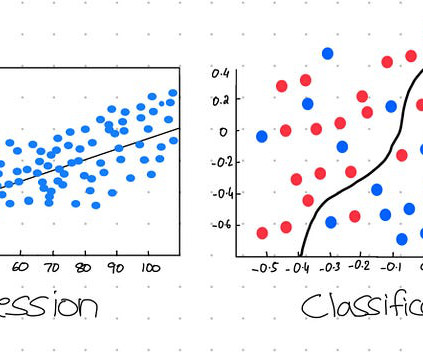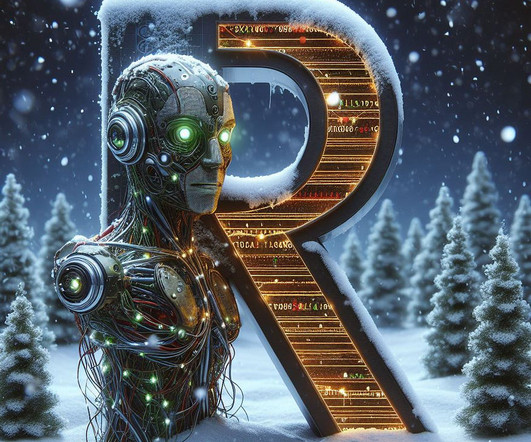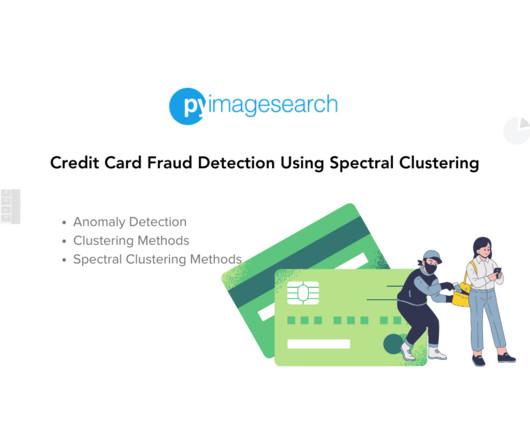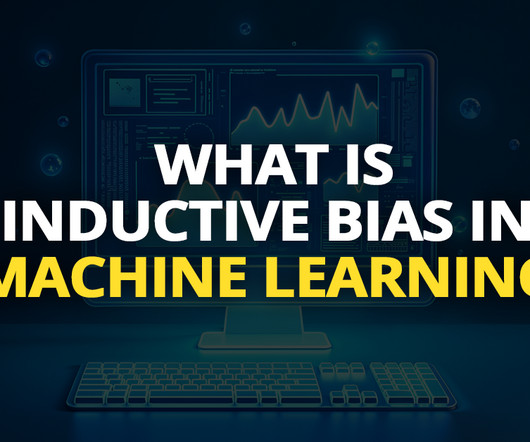How Neighborly is K-Nearest Neighbors to GIS Pros?
Towards AI
APRIL 10, 2024
Last Updated on April 11, 2024 by Editorial Team Author(s): Stephen Chege-Tierra Insights Originally published on Towards AI. Now, in the realm of geographic information systems (GIS), professionals often experience a complex interplay of emotions akin to the love-hate relationship one might have with neighbors. How to get started 1.













Let's personalize your content